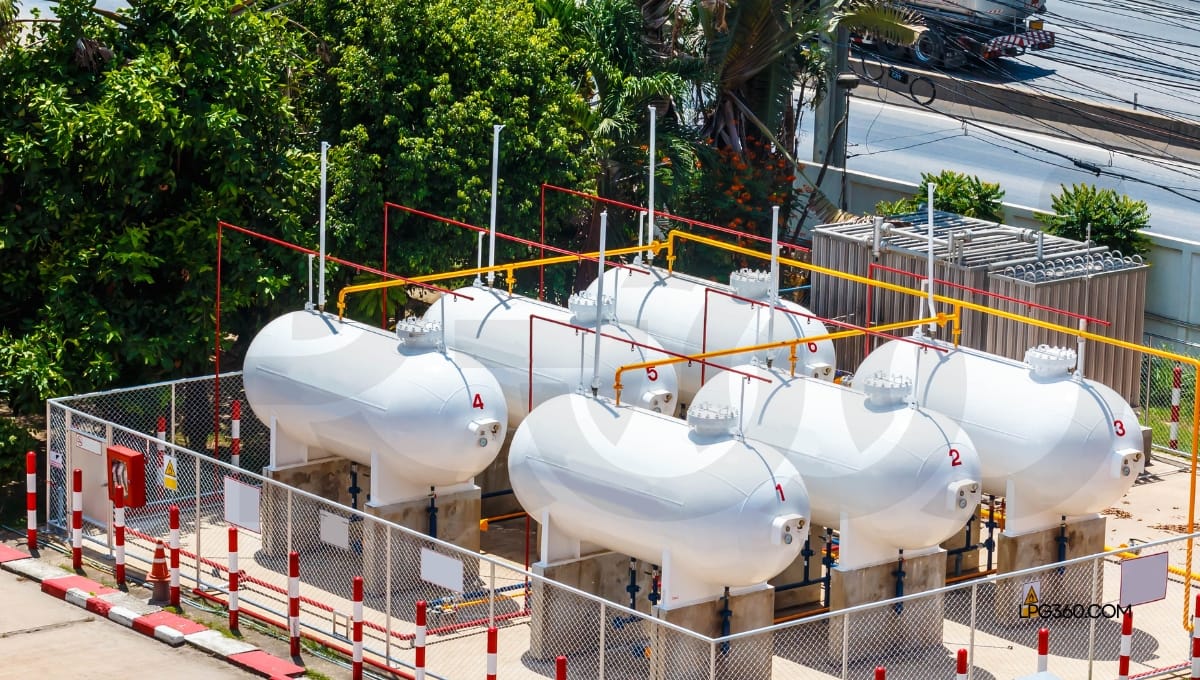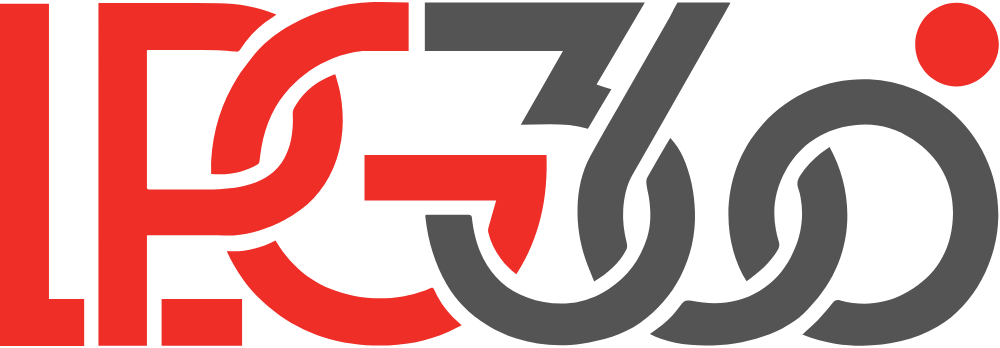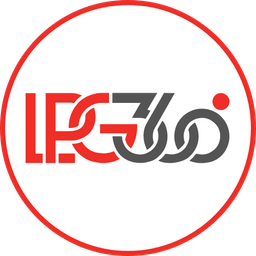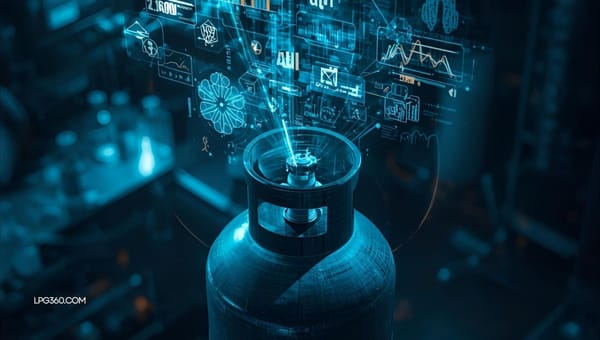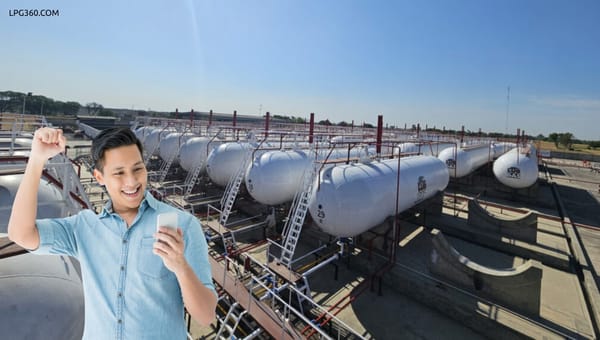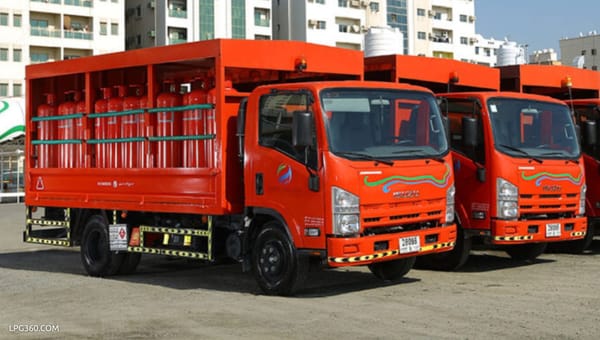The LPG Logistics Puzzle: Challenges and Solutions
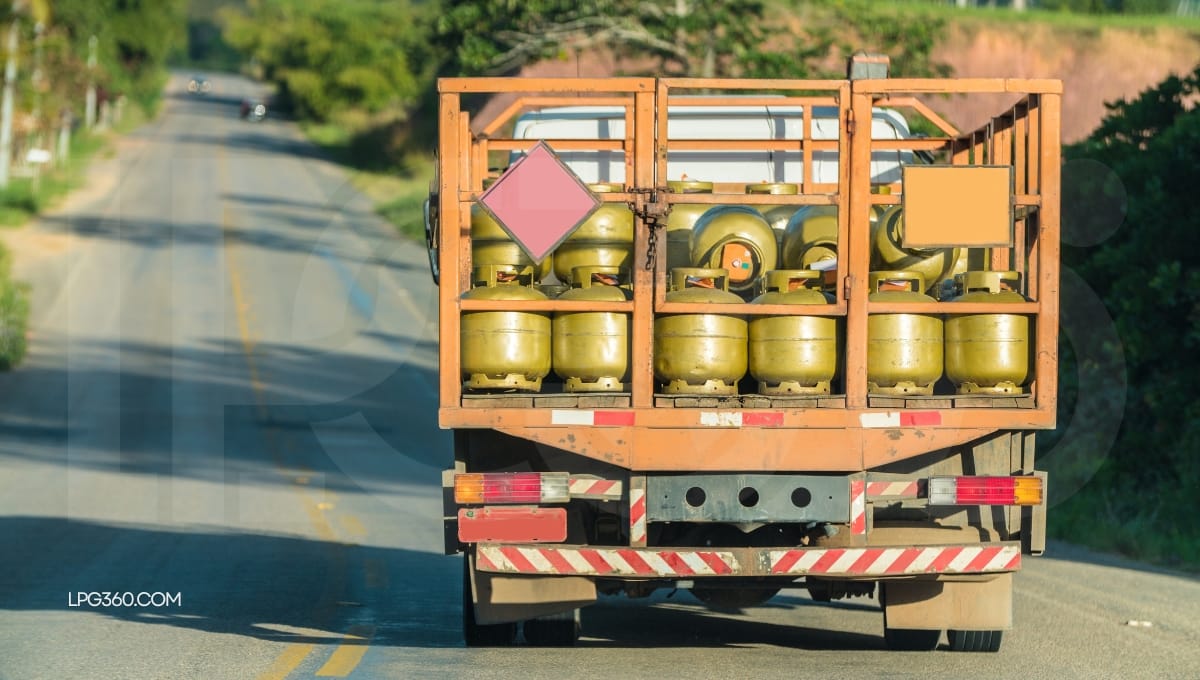
Liquefied Petroleum Gas (LPG) is a vital energy source, powering homes, businesses, and industries worldwide. However, its journey from production to consumption is often a complex logistical puzzle. The safe and efficient distribution of LPG requires a robust and well-coordinated system, yet numerous challenges can disrupt this process. This blog delves into the key obstacles faced in LPG logistics and explores potential solutions to ensure a seamless supply chain.
Key Challenges in the LPG Logistics Puzzle:
- Infrastructure Deficiencies:
- Many regions, particularly in developing countries, suffer from inadequate storage facilities, filling plants, and transportation networks. This leads to bottlenecks and delays, hindering the timely delivery of LPG.
- Poor road conditions, especially in rural areas, further complicate transportation, making it difficult to reach remote communities.
- Safety and Regulatory Compliance:
- LPG is a highly flammable substance, necessitating strict safety protocols and specialized transportation.
- Navigating complex and often inconsistent regulatory frameworks adds to the logistical burden.
- Ensuring compliance with safety standards across the entire supply chain is crucial but challenging.
- Logistical Complexities and Coordination:
- The LPG supply chain involves multiple stakeholders, including producers, distributors, retailers, and consumers.
- Effective coordination and communication among these stakeholders are essential to avoid delays and disruptions.
- Optimizing delivery routes and schedules to minimize costs and maximize efficiency is a constant challenge.
- Price Volatility and Market Dynamics:
- Global LPG prices are subject to fluctuations, impacting affordability and demand.
- Unpredictable market dynamics and seasonal variations can create challenges in forecasting and managing inventory.
- The informal markets can also cause unpredicted market changes.
- Environmental Concerns:
- Minimizing the carbon footprint of LPG logistics is increasingly important.
- Reducing emissions from transportation and storage requires investments in cleaner technologies and practices.
Solutions to Solve the Puzzle:
- Strategic Infrastructure Investment:
- Investing in modern storage facilities, filling plants, and transportation networks is crucial.
- Developing robust road infrastructure, especially in rural areas, can improve accessibility.
- Enhanced Safety and Regulatory Measures:
- Implementing stringent safety standards and providing comprehensive training for all stakeholders.
- Streamlining regulatory processes and ensuring consistent enforcement.
- Utilizing technology for real-time monitoring and safety management.
- Technological Advancements and Digitalization:
- Leveraging GPS tracking, route optimization software, and inventory management systems to enhance efficiency.
- Implementing digital platforms for seamless communication and coordination among stakeholders.
- Utilizing data analytics for market forecasting and demand planning.
- Sustainable Logistics Practices:
- Investing in cleaner transportation technologies, such as electric or hybrid vehicles.
- Optimizing delivery routes to reduce fuel consumption and emissions.
- Implementing sustainable storage and handling practices.
- Improved Stakeholder Collaboration:
- Creating better communication systems between all members of the LPG chain.
- Creating more transparent systems.
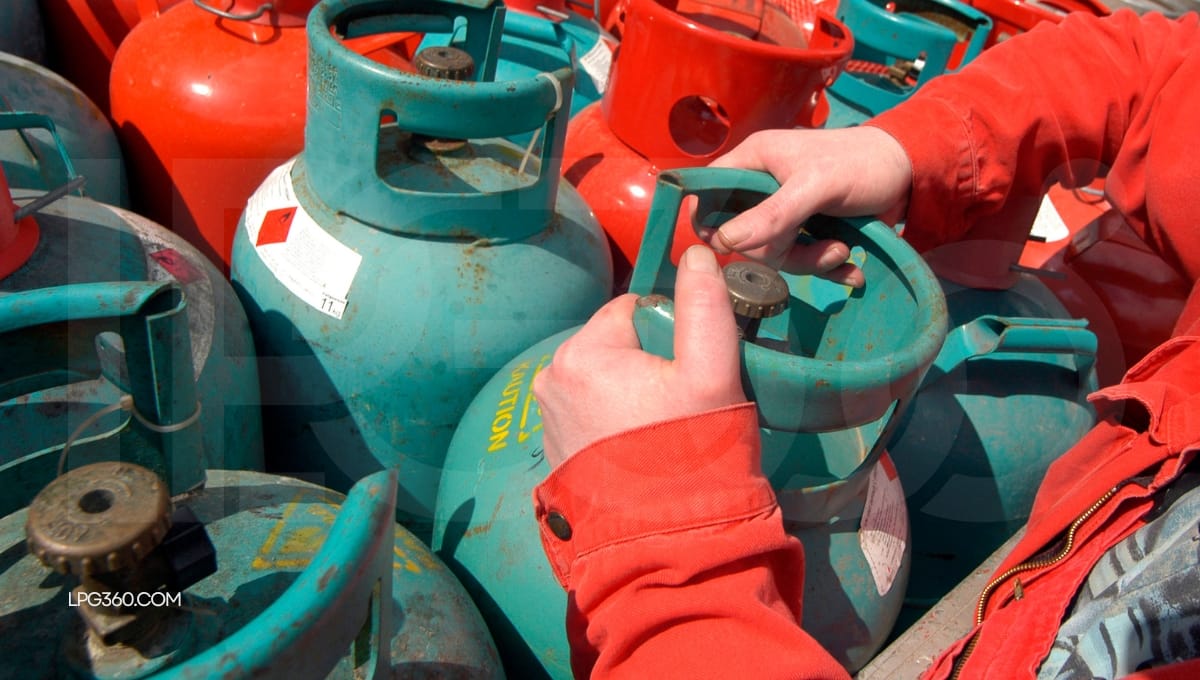
Conclusion:
The intricate logistics of LPG distribution present a formidable puzzle, demanding meticulous attention to infrastructure, safety, coordination, and sustainability. While challenges like infrastructure deficiencies, regulatory complexities, and market volatility persist, the path to a more efficient and reliable LPG supply chain is clear. By embracing strategic investments in modern infrastructure, enforcing stringent safety measures, leveraging technological advancements, and fostering collaborative partnerships, we can overcome these hurdles. The transition towards sustainable logistics practices, including cleaner transportation and reduced emissions, is equally vital for minimizing the environmental impact of LPG distribution. Ultimately, a well-coordinated and technologically advanced system will ensure that the benefits of LPG as a vital energy source are accessible to all, powering homes, businesses, and industries with greater reliability and sustainability.
#LPG #LPGSolutions #LPGDistribution #Logistics #EnergyLogistics #SupplyChain #CleanEnergy #SustainableEnergy #EnergySecurity #Infrastructure #SafetyFirst #Technology #EnergyEfficiency #GlobalEne #RenewableEnergy #EnergyTransition #SmartLogistics #RegulatoryCompliance
